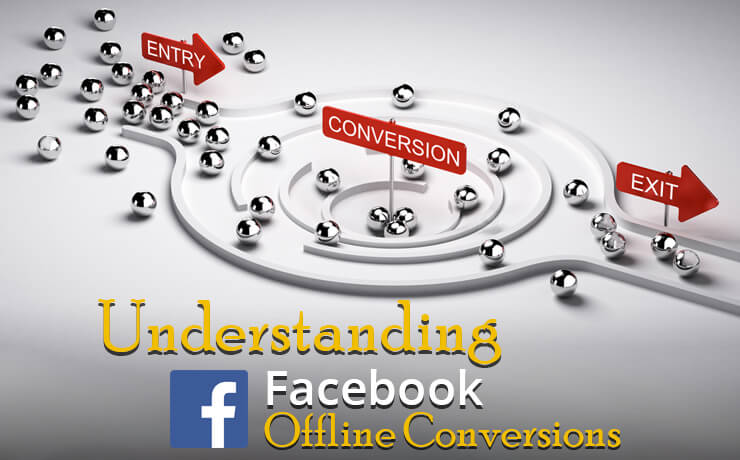Understanding Facebook Offline Conversions

Chad Faith
Director of Content

Offline conversions may pertain to purchases made by your customers. In this case, social media content cannot pass along cookies or tags, thus no user data is collected. This tracking gap can make achieving or managing offline conversions a challenge. With a vast database of information, Facebook is trying to fill this gap. You provide Facebook with customer identification meta data such as name and email ID, along with sales record, date and value of purchase. Facebook tracks the matching users and see if they have been seen your featured advertisements or Facebook video ads on your page. It basically answers queries such as users seeing or clicking your ads prior to purchasing your product or service. When setting up offline conversions, there are three main things to keep into consideration.
The Planning Phase
Planning is the most important part to ascertain how uploading of sales data is to be done. You can upload a file by building a custom solution to integrate offline conversion API into your POS system. Alternatively, you can also use a Customer Relationship Management system (CRM) that is already set up to integrate with offline conversions.
The Activation Phase
Manual data uploading procedures may have some limitations since Facebook will accept only those transactions that have happened within the last 90 days of the initial upload. Attribution is done on the last ad that a user clicked or saw prior to making a purchase. With this sort of window, the result is pulled out at the end of the month. There will also be an increment in the number of conversions when the same data is pulled again, during the following month. Connect directly with the Offline Conversion API to collect your attribution data in a hassle-free manner. It can be challenging to upload data manually, since same transactions may end up being uploaded multiple times. Once uploaded, it cannot be edited or removed.
The Learning Phase
Insufficient monitoring of data can lead to improbable results. Hence, it is important to keep monitoring on a regular schedule. Before delivering any official reports, make sure to monitor the results, check for abnormalities, and set up a system for data delivery. A typical abnormality would be a large percent of attribution on one specific ad on one particular day, without resembling engagements, impressions or spend on that ad for the day. Once you are well-informed and fully satisfied with your data quality, start evaluating performance. What sort of ads are driving offline sales? What are the differences between ads that drive offline sales and the one that converts well? What sort of messaging leads to conversions? Is your marketing tactic good enough? Is there any similarity between offline sales attribution and eCommerce conversion attribution?
As you can see, Facebook is definitely leading the way by tracing the line between ad dollars and conversion. Any brand can establish a solid line of attribution with not only a strong Facebook page, but enhancements in offline conversion tracking capabilities as well. There may be flaws and bugs, but that should not stop you in any way. Find anything that works best with the data you possess, and closely watch it to ensure its smooth operation.
 Free
Consultation
Free
Consultation Free
Google Ads Audit
Free
Google Ads Audit







